It’s a widely accepted belief that in the working world, women have to try a lot harder to reach the same status as men in a given field. What’s surprising is that this can also be applied to high school students.
In September, the California Assessment of Student Progress and Performance (CAASPP) test scores were released for the 2022-2023 school year.
Across the state of California, 46.66% of juniors met or exceeded the ELA standard. Rio students performed much better, as 69.63% of juniors met or exceeded the ELA standard.
However, when taking a closer look at the score differences between certain groups of students, test scores become more polarizing.
A whopping 78.77% of female students at Rio met or exceeded the ELA standards. On the other hand, 61.07% of male students met or exceeded the ELA standards. While 17.7% may not seem like much of a difference, within the purview of test scores, it shows that female students are more likely to grasp ELA concepts that could be integral to the academic future of students.
The math scores are less notable as female students still did better, but the difference is only 3%, with 43.26% of female students meeting or exceeding math standards.
In a 2018 article for the American Psychological Association, Dr. David Reilly explains that the gap in test scores between female and male students widens between eighth and 12th grade, exemplifying that male students seem to significantly fall behind during high school.
Krysten Crawford, a staff writer for the Stanford Graduate School for Education, covered the learning gap between genders in her article “New Stanford education study shows where boys and girls do better in math, English.” She summarizes a study which revealed that “girls surpass boys on reading and writing in almost every U.S. school district regardless of local wealth or racial makeup,” showing this issue is not only present in Rio but a nationwide phenomenon.
English teacher Adam Bearson has also noticed this trend emerge over the past decade, noting that female students make up the majority of his high-level classes.
“Since I’ve been here, 80-90% of my AP and honors English students are female,” Bearson said. “Those students are getting a more advanced curriculum than my regular students. The larger question is, why do female students take the more advanced classes? That’s a more difficult question.”
Bearson notes that this is a somewhat recent situation, as male students once greatly outnumbered females.
“If you go back 20 years, it was the exact opposite,” he said.
Female students are also much more likely to be active in class discussions. Bearson suspects male students’ hesitation to speak up is due to them being the minority in the classroom.
“One thing I’ve noticed is that male students gather together, and tend to hide in the back of the class, although there’s always an exception,” Bearson said. “It could be that they’re outnumbered.”
Senior Avery Elder has also noticed this pattern as female students often feel pressure to succeed in English classes.
“There’s an expectation that women will go into careers that don’t rely heavily on math,” she said.
Elder also references the male-dominated field of STEM, and the recent coercion of women to go into these careers.
“The pressure of this new ‘women in STEM’ movement makes us feel like if we aren’t good at it, we shouldn’t even try,” Elder said, meaning the male domination of STEM discourages women under the implication that they have to be more competent than their male coworkers to get to the same level as them.
In the “real” non-high school world, this is overtly true, as male-dominated industries like information systems, finance, IT and software development, and construction involve little to no writing. Meanwhile, women are expected to do jobs like teaching, public relations and speech-language pathology involving ELA skills that females in high school classes seem to excel in.
While these CAASPP scores might not outwardly seem like they display anything particular about society, they are blatantly connected to the culture surrounding ELA, and the expectations that female students will be utilizing those skills in their future careers.

















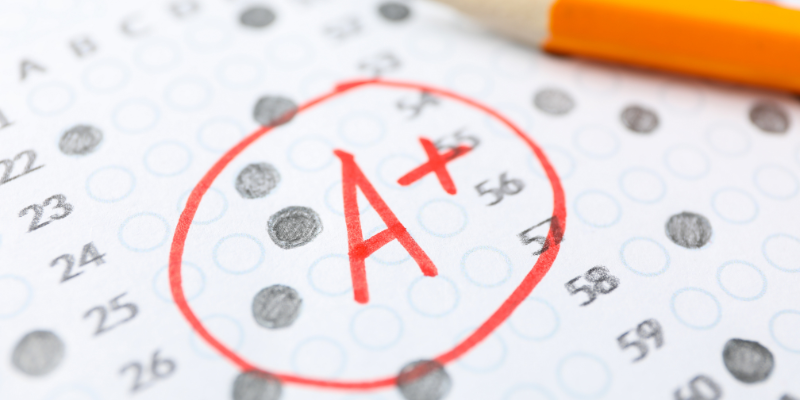
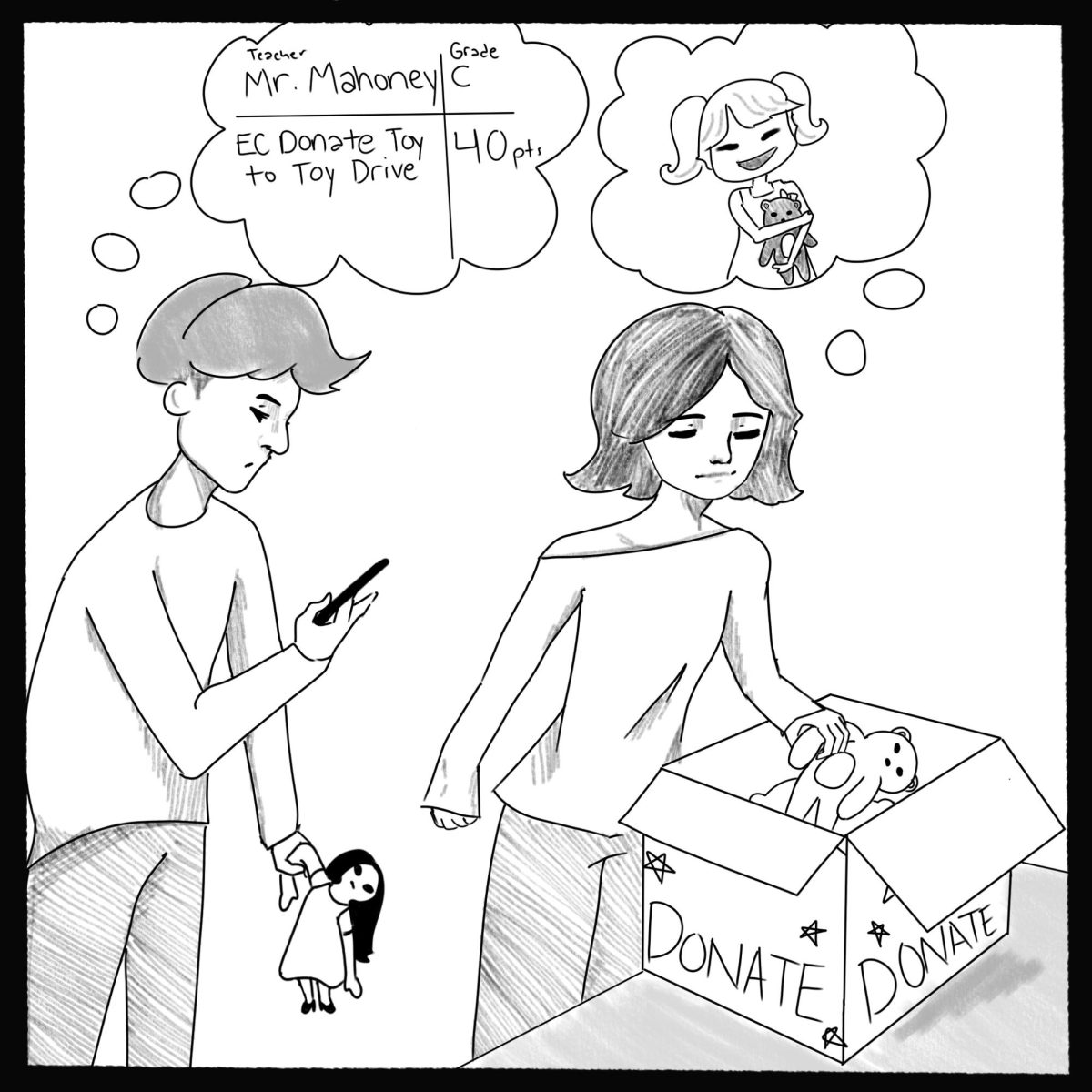
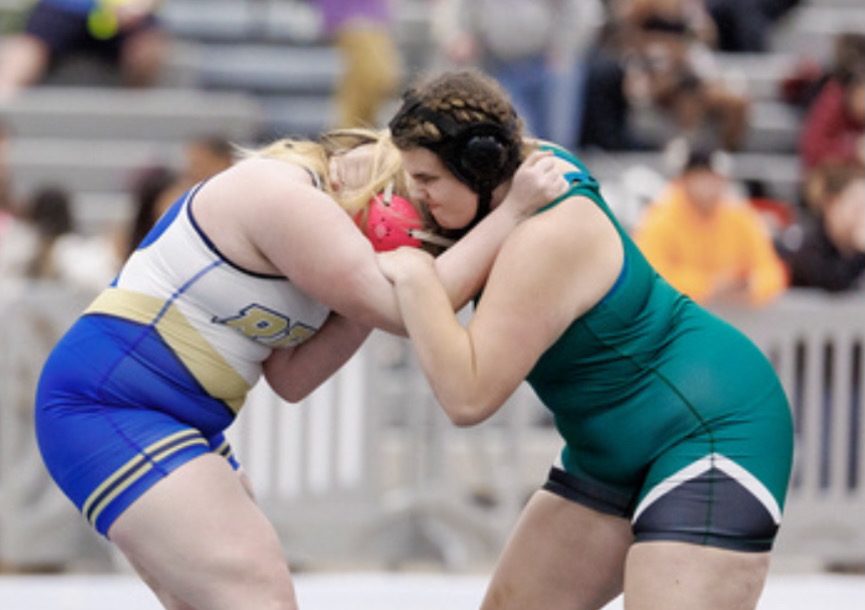




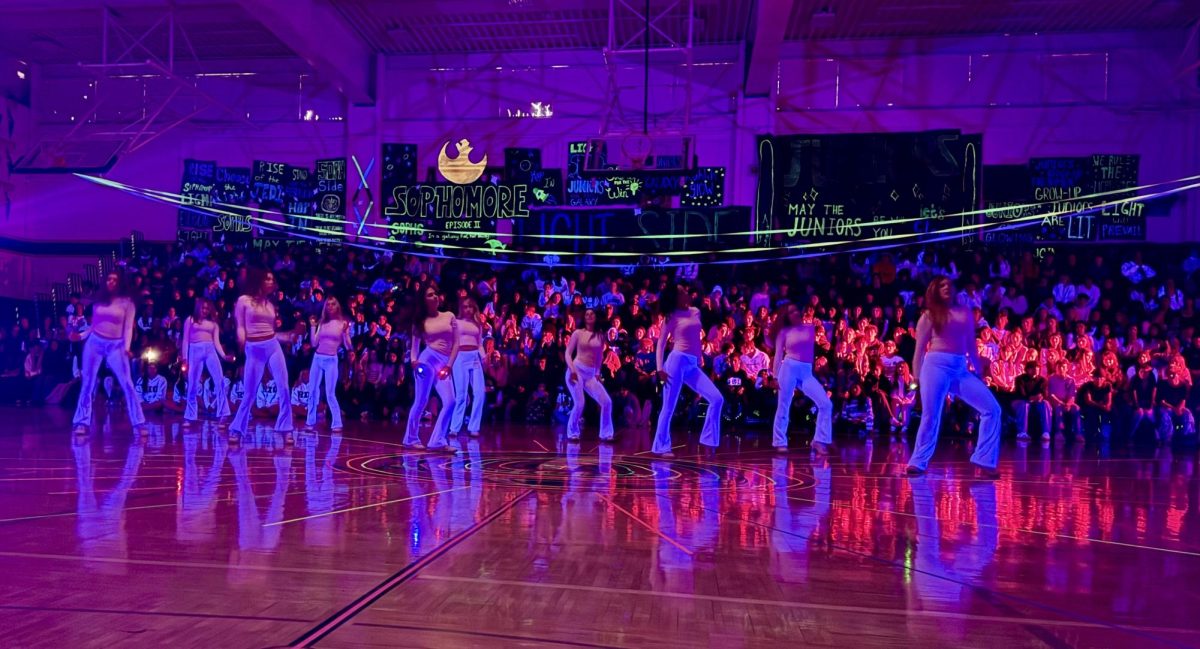

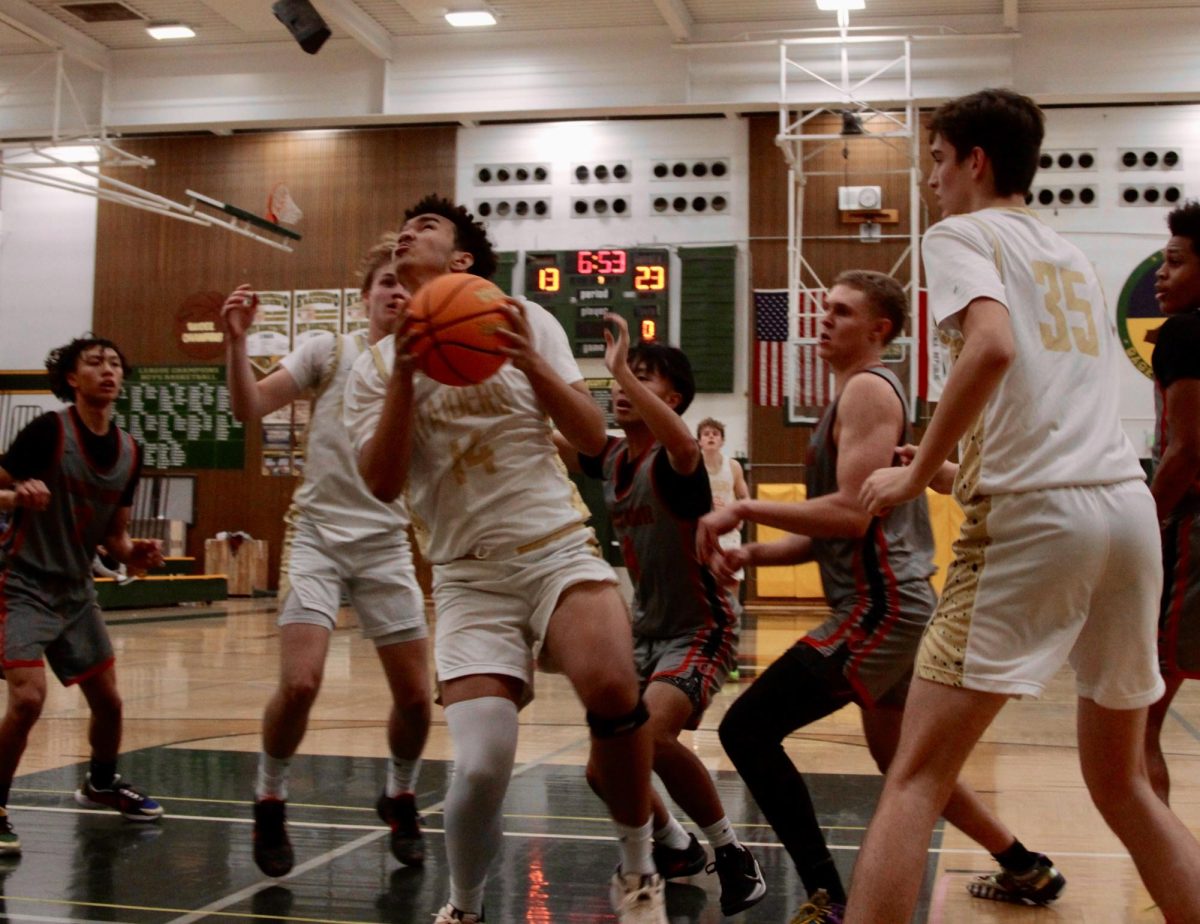









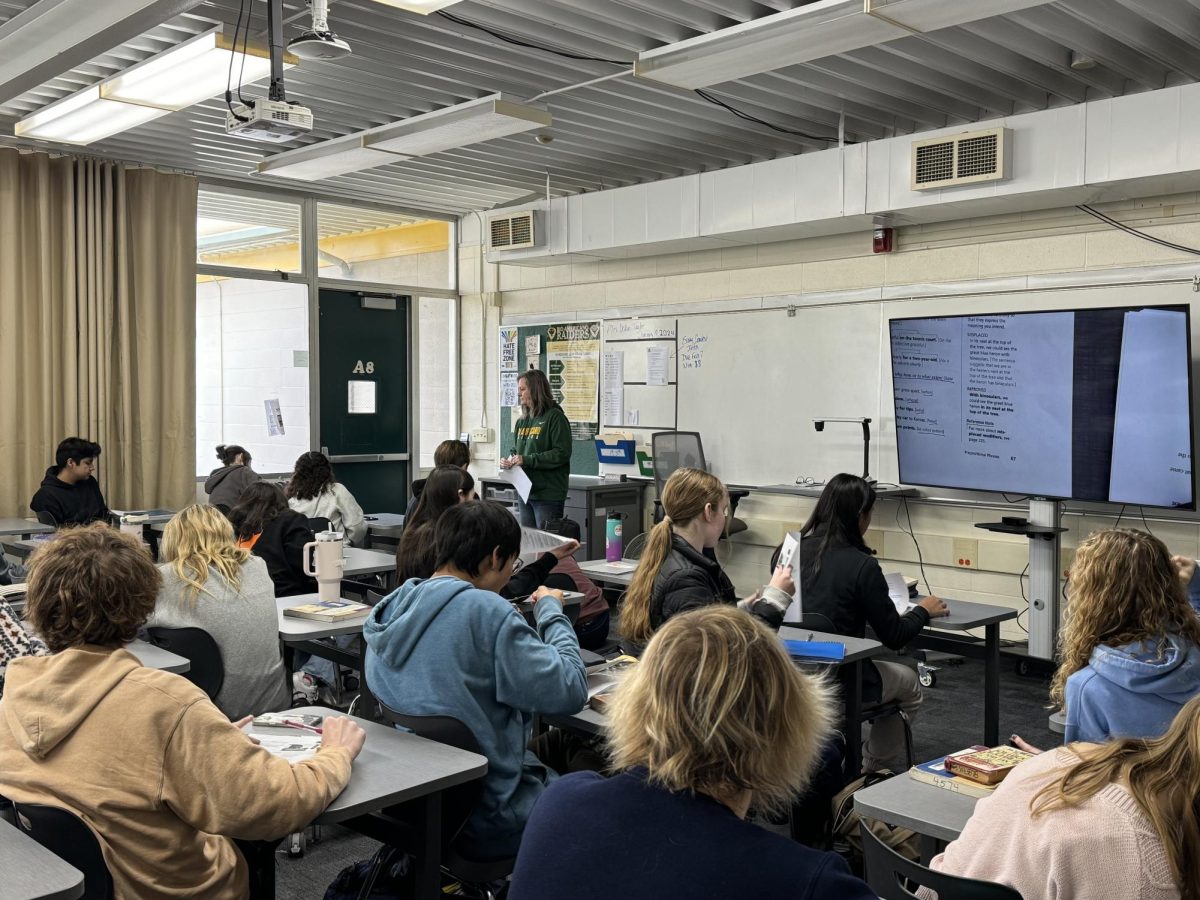
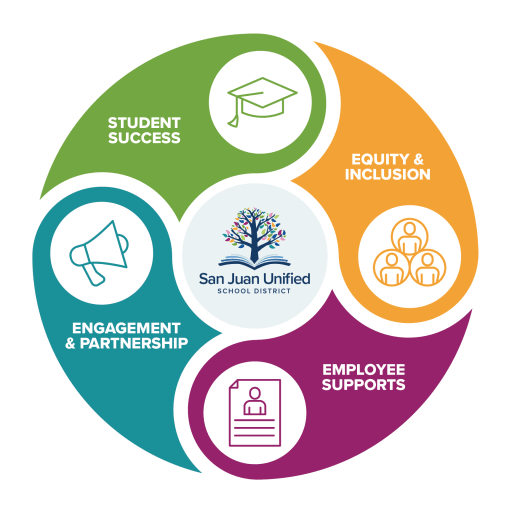



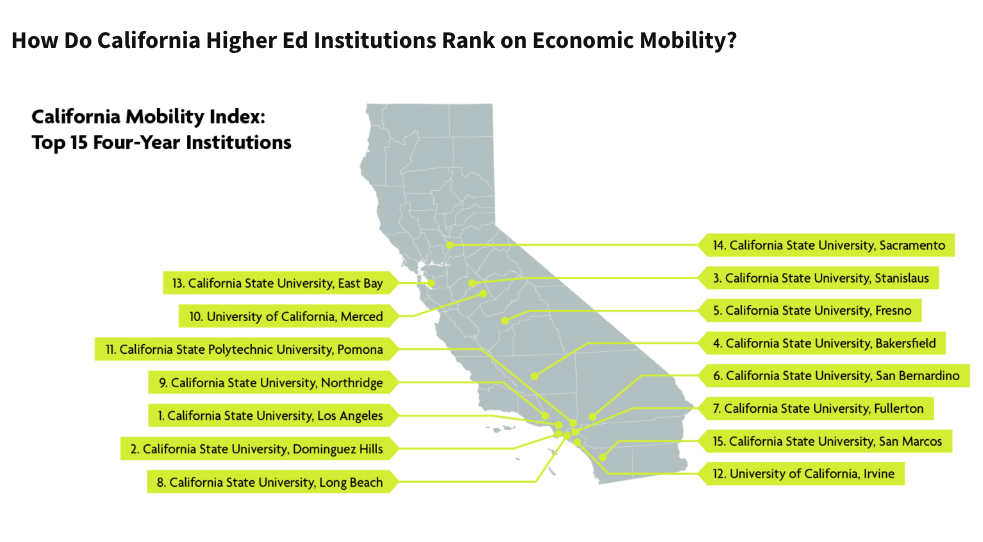



Kat • Feb 5, 2024 at 10:18 PM
I like the use quotes from teachers who teach AP classes. Very well-written article!
Sam • Feb 4, 2024 at 3:42 PM
This article has really made me think about the percentage of females in higher education classes compared to males. It makes me wonder if this will change in the next few years, or if the female percentage will continue to get bigger.
Matteo • Feb 4, 2024 at 1:59 PM
I think more people need to pressure themselves to do better (regardless of gender). I don’t think the real issue has much to do with the gender gap, but rather, the growing intellectual gap between the United States and the rest of the world. A handful of other countries turn out larger numbers of STEM-related professionals than the US. As a result, we have to outsource. We need more engineers and less poets.
Aysha Qanit • Jan 25, 2024 at 12:02 AM
Well written article with enough evidence, I am happy that you wrote about the pressure that is on the women to make themselves equal to men and have to work harder to reach the same level a man does. We can’t be equal in some ways and we can see that by how hard a person tries.
Ben • Jan 23, 2024 at 10:19 AM
Pretty interesting, I would love to read more when the next set of tests roll out.
Maggie • Jan 23, 2024 at 10:16 AM
Good job on the writing.
Gabrielle • Jan 23, 2024 at 9:43 AM
This is a great article! It’s really well written, and the connection to the pressure on women to be more competent than men in STEM careers is so interesting.
Reese • Jan 23, 2024 at 9:40 AM
I really enjoyed your article and all the different evidence you brought to the table. A part that I found interesting was including the overall stance of how women feel pressure to succeed in certain subjects compared to men.
Mapalo • Jan 23, 2024 at 9:34 AM
This article was very insightful, awesome writing!